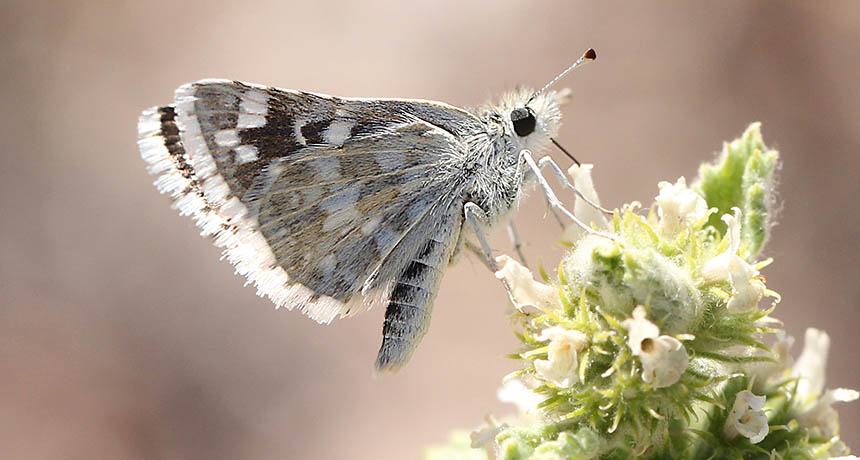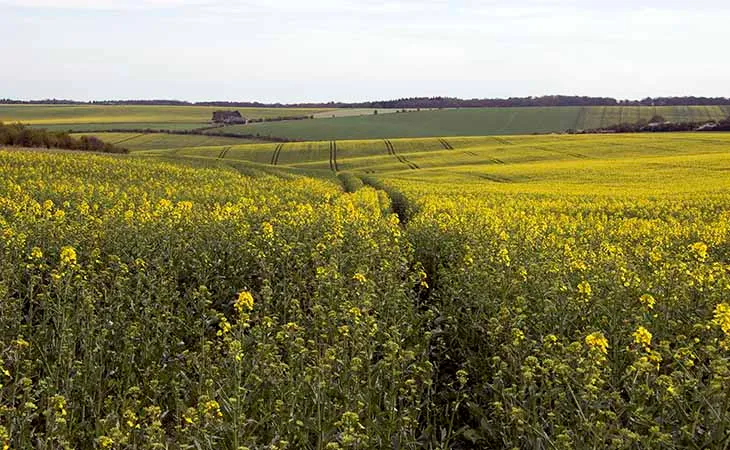Evidence piles up for popular pesticides’ link to pollinator problems

Butterfly species in Northern California, such as Pyrgus scriptura (shown), may suffer spillover effects of local neonicotinoid pesticide use.
Alan Schmierer/Flickr (Public Domain)







